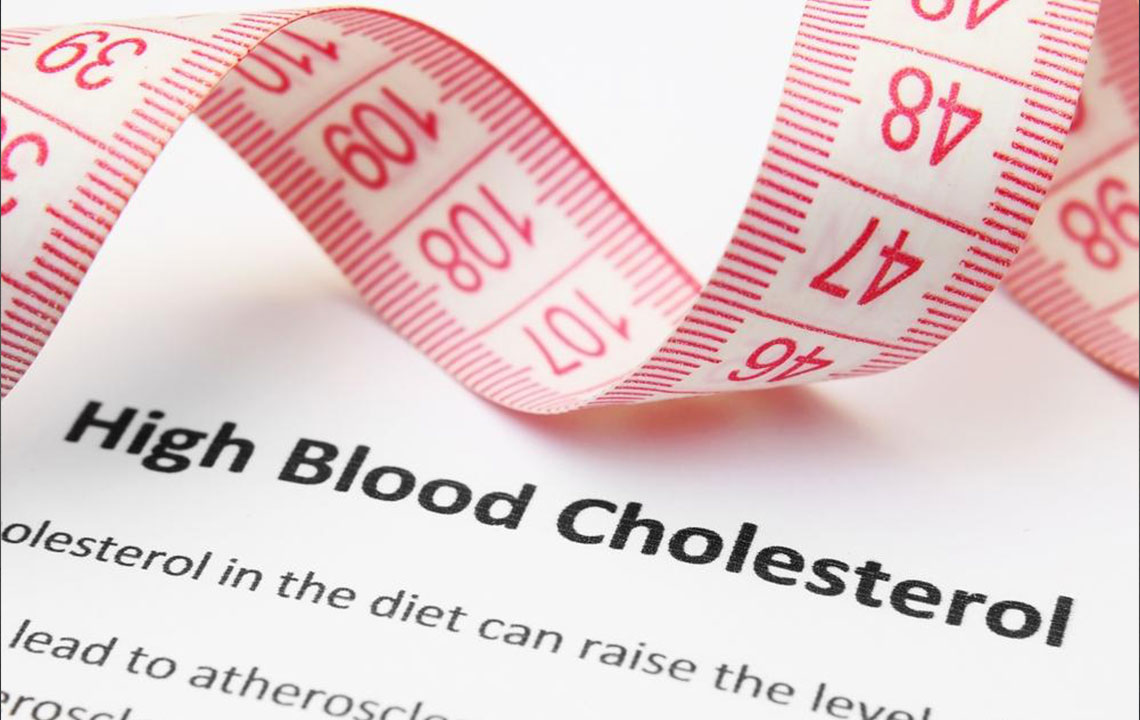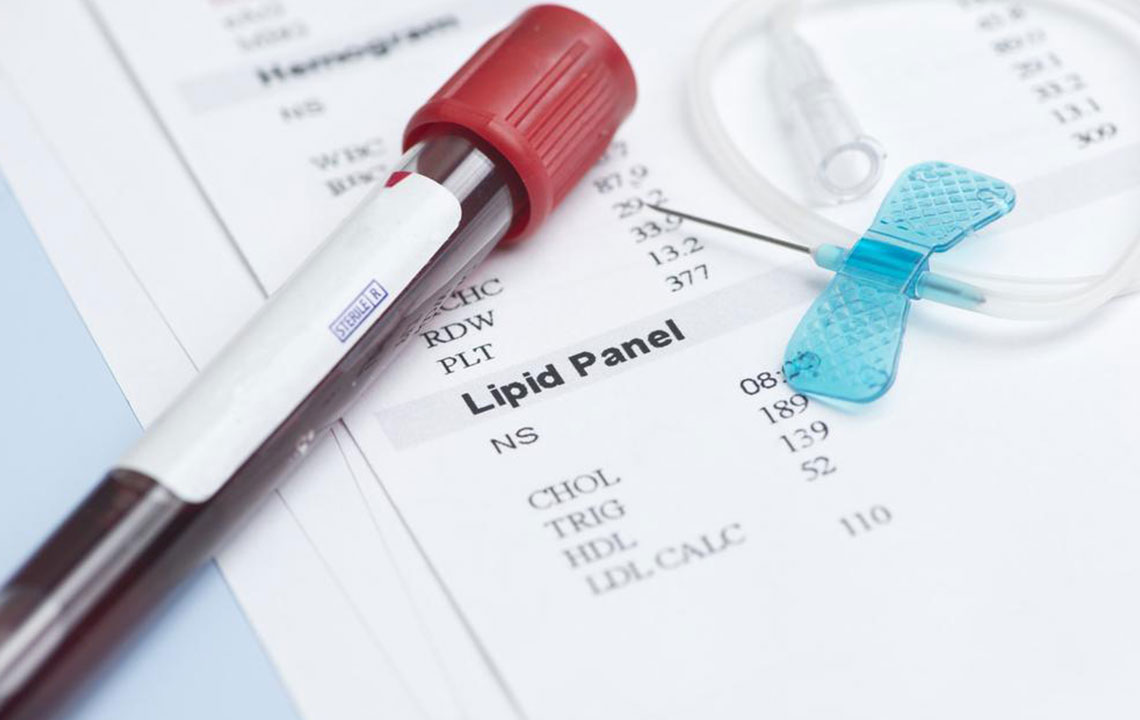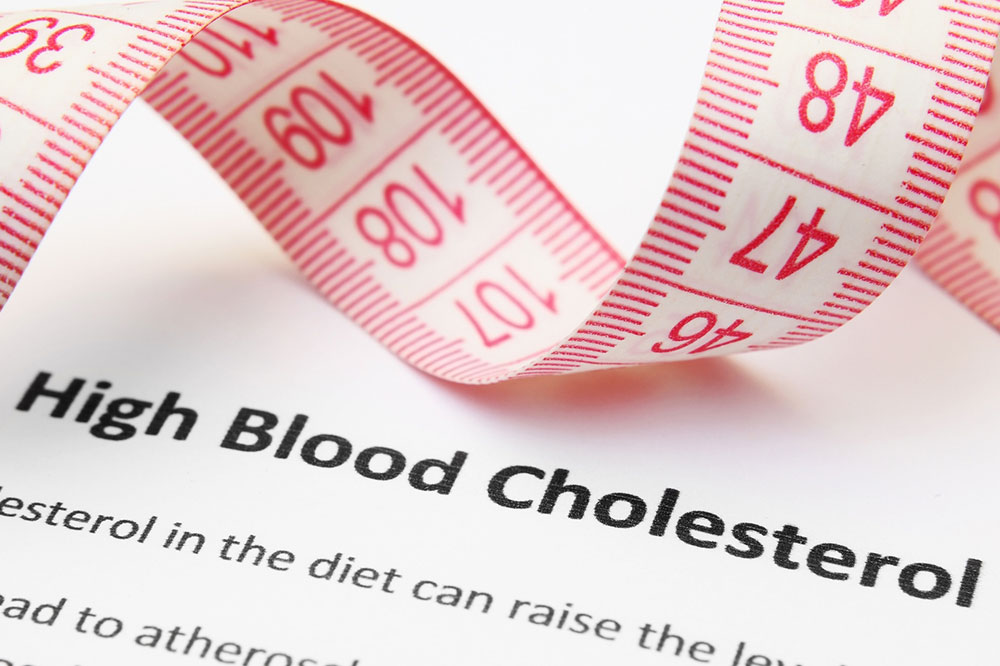Comprehensive Guide to Cholesterol Testing and Effective Management Strategies
This comprehensive guide explains the importance of cholesterol testing, interpreting key lipid profile components, and adopting effective strategies for managing cholesterol levels. Learn how lifestyle choices and medical interventions can help prevent cardiovascular disease and promote heart health.

Comprehensive Guide to Cholesterol Testing and Effective Management Strategies
Cholesterol, a waxy, fat-like substance found in your blood, plays a crucial role in building healthy cells and producing hormones. Despite its essential functions, having too much cholesterol in your bloodstream can pose significant health risks, especially concerning your heart health. Elevated cholesterol levels are linked to a higher chance of developing serious conditions such as stroke, heart attacks, and other cardiovascular diseases. Understanding how to test and manage cholesterol effectively is vital for maintaining overall health and preventing these life-threatening conditions.
Cholesterol levels are primarily diagnosed through a simple blood test known as a lipid profile or lipid panel. This test provides a detailed analysis of the different types of cholesterol and triglycerides present in your bloodstream. Regular cholesterol testing allows healthcare professionals to assess your risk for cardiovascular disease and recommend appropriate lifestyle modifications or medications to keep your cholesterol levels within safe limits.
Understanding Cholesterol Tests: What Do The Numbers Mean?
The key to managing cholesterol effectively lies in understanding what the various measurements mean. The standard cholesterol test evaluates four main components: total cholesterol, HDL (high-density lipoprotein), LDL (low-density lipoprotein), and triglycerides. Each of these plays a different role in your body and impacts your overall health differently.
Total Cholesterol: Overall Blood Cholesterol Level
Total cholesterol combines all the cholesterol in your blood, including HDL and LDL. Maintaining an optimal level is crucial to prevent health risks. According to medical standards, a total cholesterol level below 200 milligrams per deciliter (mg/dL) is considered desirable for most adults. Levels ranging from 200-239 mg/dL are classified as borderline high, indicating a potential risk that should be monitored closely. A total cholesterol reading of 240 mg/dL or higher suggests a high risk of cardiovascular disease, prompting the need for lifestyle changes or medication to manage the levels effectively.
HDL - The 'Good' Cholesterol
High-density lipoprotein (HDL) is often referred to as the “good” cholesterol because it helps remove excess cholesterol from arteries, transporting it back to the liver where it can be processed and eliminated. Higher levels of HDL are associated with a lower risk of heart disease. Typically, an HDL level below 40 mg/dL in men and 50 mg/dL in women raises concern, indicating a higher risk for cardiovascular problems. Conversely, an HDL level of 60 mg/dL or more is considered protective and beneficial for heart health. Lifestyle choices such as engaging in regular exercise, eating healthy fats like those found in fish and nuts, and avoiding smoking can help increase HDL levels.
LDL - The 'Bad' Cholesterol
Low-density lipoprotein (LDL) is known as the “bad” cholesterol because elevated LDL levels can lead to the buildup of fatty deposits in your arteries, increasing the risk of blockages that can trigger heart attacks or strokes. To maintain good cardiovascular health, LDL levels should ideally be kept below 100 mg/dL. Levels between 130-159 mg/dL are considered borderline high, while 160-189 mg/dL are high. Very high levels above 190 mg/dL significantly increase the risk of arterial plaque formation. Managing LDL involves dietary adjustments, exercise, and sometimes medications such as statins, especially if lifestyle modifications alone are insufficient.
Triglycerides: The Energy Carriers
Triglycerides are another type of fat found in the blood, serving as an energy source for your body. Normal triglyceride levels are below 150 mg/dL. Elevated triglycerides can contribute to the hardening and thickening of artery walls, raising the risk for cardiovascular diseases. Factors influencing triglyceride levels include excessive alcohol consumption, obesity, lack of physical activity, diabetes, and genetic predispositions. To keep triglycerides within healthy limits, adopting a balanced diet low in refined sugars, maintaining a healthy weight, engaging in regular exercise, and controlling blood sugar levels are essential strategies.
Healthy Lifestyle Habits for Cholesterol Management
Implementing healthy lifestyle habits is the cornerstone of effective cholesterol management. Quitting smoking is one of the most impactful changes as smoking lowers HDL cholesterol and damages arterial walls. Incorporating a diet rich in fruits, vegetables, whole grains, and lean proteins can significantly improve your lipid profile. Reducing saturated and trans fats found in fried foods, processed snacks, and junk food is essential.
Regular physical activity, such as brisk walking, jogging, swimming, or cycling, helps raise HDL levels and lower LDL and triglycerides. Strive for at least 150 minutes of moderate-intensity exercise per week to optimize heart health. Maintaining a healthy weight also plays a vital role; losing excess weight can dramatically improve cholesterol levels. For individuals with high cholesterol levels despite lifestyle changes, your doctor may recommend medications like statins or other lipid-lowering drugs to help control your profile.
The Importance of Regular Cholesterol Screening
Because high cholesterol often presents no symptoms, routine screening is essential for early detection and intervention. Adults should have their cholesterol levels checked at least once every four to six years, or more frequently if you have risk factors such as a family history of heart disease, obesity, diabetes, or hypertension. Early identification of abnormal levels allows for timely lifestyle adjustments and medical treatment, significantly reducing your risk of cardiovascular events.
When to Consult a Healthcare Professional
If your cholesterol levels are identified as borderline or high, consult your healthcare provider for personalized advice. They may recommend comprehensive lifestyle changes, prescribe medications, and monitor your progress through regular testing. Managing cholesterol is a long-term commitment, but with proper guidance, it can significantly improve your overall heart health and longevity.
In conclusion, understanding your cholesterol numbers and adopting healthy lifestyle habits are vital steps towards preventing cardiovascular disease. Regular testing combined with proper diet, exercise, and, when necessary, medication can help you maintain a healthy cholesterol profile and enjoy a healthier life.





